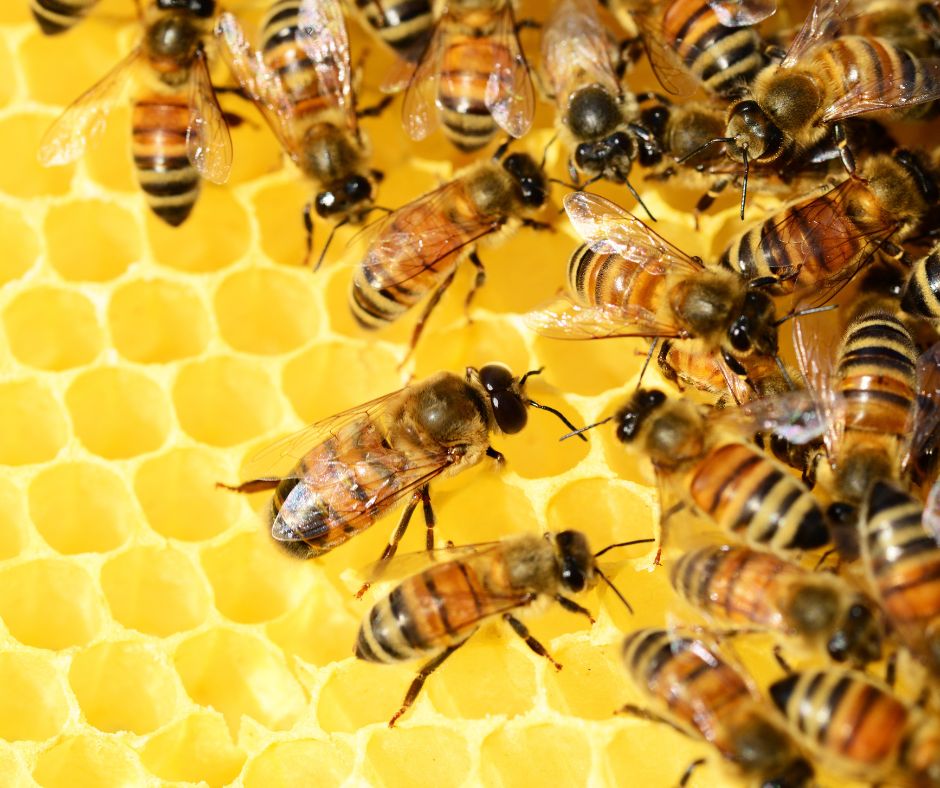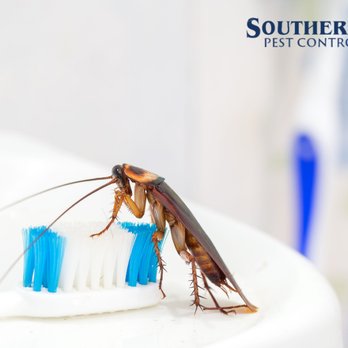Key Benefits of Termite Treatment Port Charlotte for Future Protection
Discover the Most Current Breakthroughs in Pest Control and Exactly How to Apply Effective Treatment Solutions
In recent times, the field of pest control has seen considerable improvements, driven by the demand for lasting and efficient therapy remedies. Cutting-edge methods such as Integrated Pest Management (IPM) combine environmentally friendly exercise with advanced modern technology, enhancing both efficiency and ecological duty. In addition, the assimilation of smart technologies and do it yourself approaches has actually equipped people to tackle insect problems better. As we discover these growths, it ends up being necessary to understand just how finest to apply these approaches in different settings to attain ideal results. The implications for parasite monitoring techniques might be transformative.
Eco-Friendly Pest Control Options
In the last few years, the need for eco-friendly bug control options has actually risen as house owners and companies alike look for lasting choices to traditional chemical treatments. This shift is driven by growing environmental understanding and a wish to lessen the wellness threats connected with artificial chemicals.

Environment-friendly bug control techniques encompass a series of methods that prioritize making use of all-natural compounds and practices. Integrated Parasite Administration (IPM) is one such approach, incorporating organic, cultural, and mechanical methods to handle pest populaces while decreasing reliance on chemicals (Wildlife removal services). This all natural technique stresses prevention via environment manipulation and the intro of natural killers, thereby cultivating a well balanced environment
Another prominent option is the usage of botanical pesticides originated from plants, which have a tendency to be less dangerous to non-target organisms. Products like neem oil and diatomaceous earth have acquired grip for their effectiveness in regulating pests while presenting very little threats to human health and wellness and the setting.
In addition, exclusion techniques, such as sealing access factors and maintaining sanitation, play a vital role in environment-friendly parasite management. By adopting these lasting practices, organizations and individuals can properly take care of pests while advertising a healthier world for future generations.
Smart Innovation in Pest Management
Technology is improving the landscape of pest management, with smart innovation arising as an essential pressure in boosting performance and performance - Wildlife removal services. The integration of Internet of Things (IoT) devices, synthetic intelligence (AI), and information analytics is changing exactly how insect control experts approach invasions
Smart catches equipped with sensing units can detect pest activity in real-time, sending out instant informs to drivers. This enables for timely reactions, reducing damage and decreasing the need for extensive treatments. In addition, AI formulas assess historic information to anticipate insect behavior, making it possible for positive interventions based on ecological problems and infestation patterns.
Drones and automated automobiles are additionally playing a significant role in parasite administration, offering aerial assessments of large areas, recognizing hotspots, and also dispersing targeted treatments. These modern technologies not only streamline procedures however additionally improve security by limiting human direct exposure to potentially harmful chemicals.
Additionally, mobile applications equip customers to monitor parasite activity and accessibility expert advice, fostering a collective approach to pest monitoring. On the whole, the fostering of smart modern technology is setting a brand-new standard in pest control, emphasizing data-driven decisions and lasting practices that eventually benefit both home owners and specialists alike.
Integrated Insect Monitoring Techniques
Integrated Bug Monitoring (IPM) uses a holistic technique to pest control, incorporating numerous approaches to successfully manage insect populaces while minimizing dangers to human health Go Here and the setting. IPM focuses on comprehending the pest life process, their all-natural enemies, and the ecosystem in which they prosper.
Among the basic components of IPM is monitoring pest populations through routine examinations and data collection. This enables the recognition of parasite thresholds, figuring out when treatment is needed. Social methods, such as plant rotation, cleanliness, and environment manipulation, are crucial in minimizing bug frequency and advertising plant wellness.
Mechanical controls, consisting of catches and obstacles, are additionally essential in IPM. These methods can literally remove or prevent bugs without the use of chemicals. When needed, the sensible application of chemical controls is utilized, concentrating on targeted therapies that reduce environmental impact.
Education and learning and cooperation among stakeholders, including farmers, bug control experts, and the neighborhood, are important for the successful implementation of IPM approaches. By prioritizing lasting techniques, IPM not only addresses pest issues yet additionally fosters a much healthier environment.
Biological Control Techniques
Numerous biological control methods are progressively recognized for their performance in handling pest populaces while advertising ecological equilibrium. These strategies harness all-natural predators, bloodsuckers, and pathogens to decrease pest numbers without counting on synthetic chemicals. As an example, the introduction of ladybugs can properly control aphid populations, while nematodes target soil-dwelling pest larvae.
Furthermore, making use of microbial chemicals, such as Bacillus thuringiensis (Bt), provides an eco-friendly option for handling caterpillar pests. These items especially target pest types, lessening injury to beneficial bugs and pollinators. Conservation organic control stresses boosting habitats for natural opponents, such as birds and beneficial bugs, consequently encouraging their existence in farming systems.
Study continues to reveal ingenious techniques within this area, such as making use of pheromones to interrupt pest breeding patterns or the growth of biocontrol representatives with genetic modification. Implementing these methods can result in sustainable bug management practices that reduce the reliance on chemical interventions, eventually promoting much healthier communities. As understanding of these techniques grows, they are becoming essential elements of integrated insect administration (IPM) techniques, providing an equilibrium in between reliable bug control and ecological stewardship.
Do It Yourself Insect Control Solutions
As house owners look for efficient methods to deal with insect issues, DIY pest control solutions have actually obtained appeal for their availability and cost-effectiveness. These techniques encourage individuals to address invasions utilizing readily offered products and strategies, usually without the demand for expert intervention.

In addition, maintaining appropriate sanitation and regular inspections can protect against parasite access and nesting (Wildlife removal services). Basic methods, such as sealing cracks, getting rid of food sources, and decluttering, can considerably decrease bug populations. Traps, both homemade and readily offered, can likewise provide effective remedies for tracking and controlling specific parasites like pests or pest control pest control rats

Final Thought
The combination of eco-friendly parasite control options, smart modern technology, and innovative monitoring methods presents a thorough method to reliable pest administration. By welcoming Integrated Insect Management (IPM) and using organic control methods, together with Do it yourself solutions, sustainable and accountable parasite control can be attained.
Environment-friendly parasite control methods encompass a variety of approaches that prioritize the use of natural compounds and techniques. Integrated Insect Monitoring (IPM) is one such approach, integrating biological, cultural, and mechanical strategies to handle parasite populations while decreasing reliance on chemicals. As understanding of these methods expands, they are coming to be integral components of integrated insect administration (IPM) methods, supplying an equilibrium in between reliable insect control and ecological stewardship.
The assimilation of eco-friendly pest control options, smart technology, and ingenious administration methods provides a detailed technique to efficient insect administration. By accepting Integrated pest and control Bug Administration (IPM) and using biological control methods, along with Do it yourself options, accountable and sustainable pest control can be attained.